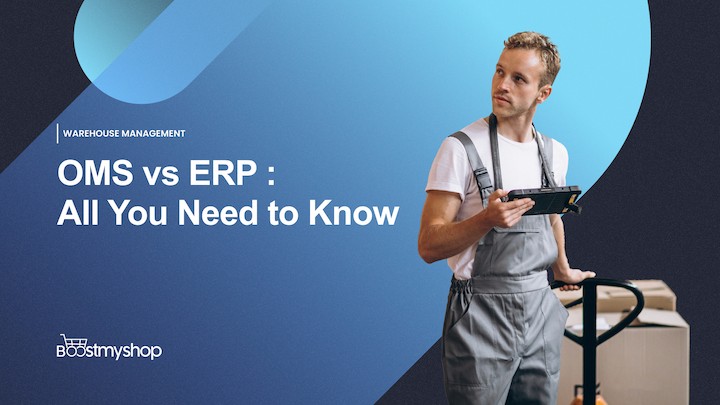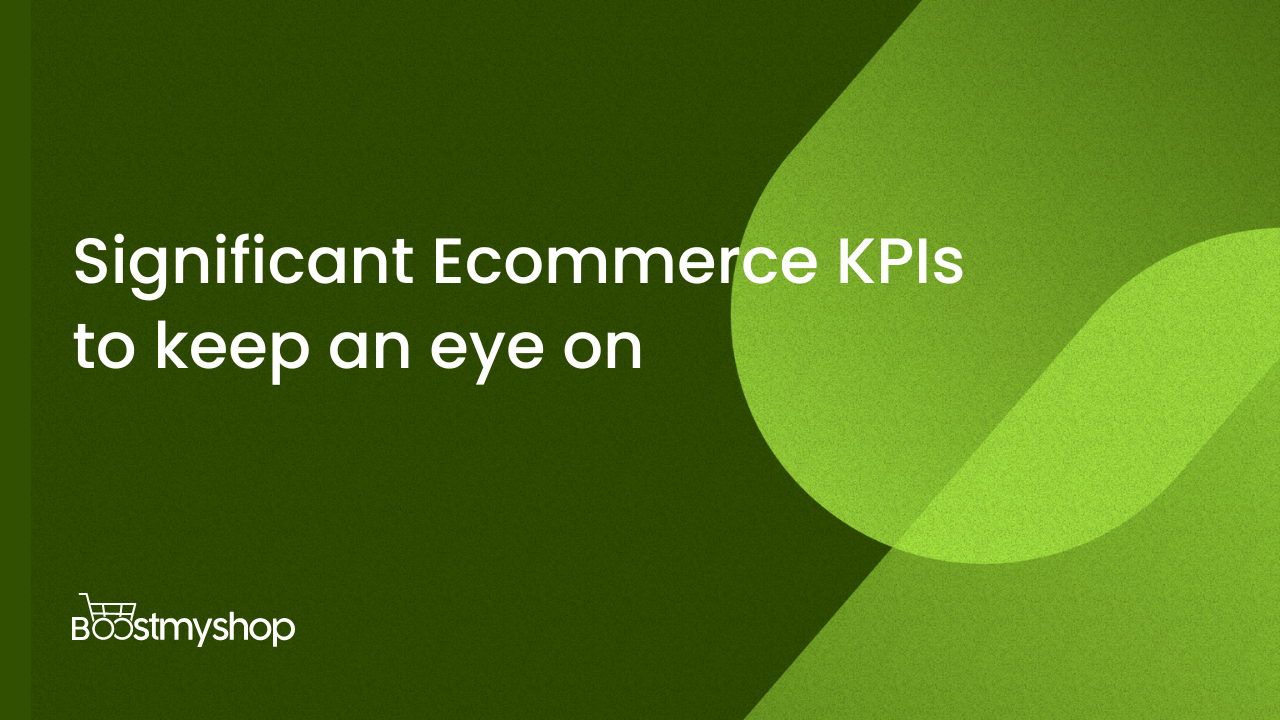Building Trust and Loyalty: The Importance of Customer Reviews and Ratings in E-Commerce
In today’s digital age, online shopping has become a way of life for many people. With the convenience and ease of shopping from anywhere, e-commerce has revolutionized the retail industry. However, with the increasing number of options available, customers are faced with the challenge of making informed decisions on what to purchase. This is where customer reviews and ratings play a crucial role. In this article, we will explore the importance of customer reviews and ratings in e-commerce, how they influence purchase decisions, and strategies for collecting and showcasing them.
Understanding the Role of Reviews and Ratings in E-Commerce
When it comes to purchasing products or services, customers want to be assured that they are making the right decision. This is where reviews and ratings come in. They provide customers with valuable insights into the quality and reliability of a product or service. By reading reviews, customers can gauge the experiences of other customers and make informed decisions.
The Power of Social Proof
Humans are social beings and tend to rely on the opinions and experiences of others when making decisions. This concept is referred to as social proof, and it plays a significant role in e-commerce. When customers see positive feedbacks and ratings for a product or service, they are more likely to trust it and make a purchase. This creates a cycle of trust, as positive experiences lead to positive critiques, which further build trust in the brand.
For example, let’s say you are in the market for a new pair of running shoes. You come across a pair that looks great and has all the features you are looking for, but you are not quite sure if they are worth the investment. You scroll down and see that the shoes have over 500 positive reviews and an average rating of 4.5 stars. This social proof can be the deciding factor in your purchase decision, as you feel more confident in the quality and reliability of the shoes based on the experiences of other customers.
How Reviews Influence Purchase Decisions
Feedbacks and ratings can be the deciding factor for many customers when making purchase decisions. Studies have shown that up to 90% of customers read online reviews before making a purchase, and 88% of customers trust online reviews as much as personal recommendations. This highlights the importance of having positive testimonials for your products or services.
Furthermore, reviews can also provide valuable feedback for businesses. By analyzing customer feedback, businesses can identify areas for improvement and make necessary changes to better meet the needs and expectations of their customers.
Ratings and Their Impact on Brand Perception
Aside from influencing purchase decisions, customer ratings can also have an impact on the overall perception of a brand. Brands with consistently high ratings are perceived as reliable, trustworthy, and of high quality. On the other hand, brands with consistently low ratings may be viewed as unreliable and of low quality. This reinforces the importance of monitoring and responding to customer feedbacks. For businesses, it is important to not only focus on providing quality products or services, but also to actively engage with customers and address any concerns or issues they may have. Businesses can show that they value their customers and are committed to providing the best possible experience by responding to reviews and ratings.
In conclusion, reviews and ratings play a crucial role in e-commerce by providing customers with valuable insights and social proof, influencing purchase decisions, and impacting brand perception. Businesses should prioritize monitoring and responding to customer feedback in order to build trust, improve customer satisfaction, and ultimately drive sales.
Strategies for Collecting Customer Reviews and Ratings
Now that we’ve established the importance of customer reviews and ratings, it’s time to explore how to collect them effectively. In today’s digital age, customer testimonials can make or break a business. They are a powerful tool for building trust and credibility with potential customers, and can even boost your search engine rankings. Here are some strategies to help you collect customer feedbacks:
Encouraging Customers to Leave Reviews
One of the most effective ways to collect customer reviews is to encourage customers to leave them. This can be done through follow-up emails, pop-ups on your website, or social media posts. Reach out to your customers and ask for their feedback, and show that you value their opinion and are committed to providing excellent customer service.
It’s important to note that not all customers will be willing to leave a review, even if they had a positive experience with your business. To increase the likelihood of receiving reviews, consider targeting customers who have had particularly positive experiences or who have been repeat customers. You can also offer reminders or follow-up messages to customers who have not yet left a review.
Offering Incentives for Reviews
Another way to incentivize customer reviews is to offer discounts or exclusive promotions for leaving a review. This not only encourages customer participation but also fosters a sense of loyalty towards your brand. However, disclosing any incentives offered for leaving a review is important, as it can affect the credibility of the reviews..
When offering incentives, be sure to set clear guidelines and limitations to prevent abuse of the system. For example, you may limit incentives to one per customer, or require that the review meet certain criteria (such as a minimum length or specific topics addressed).
Streamlining the Review Process
It’s important to make the review process as easy and seamless as possible for customers. This means ensuring that your website has clear prompts and instructions for leaving reviews, and providing a simple rating system that allows customers to leave a review in as little time as possible.
Consider using a third-party review platform, such as Yelp or Google Reviews, to streamline the process and make it easier for customers to leave their feedbacks. These platforms often have built-in tools for managing and responding to reviews, as well as for promoting positive reviews on social media or your website.
By implementing these strategies, you can effectively collect customer reviews and ratings, which can help to build trust and credibility with potential customers, improve your search engine rankings, and ultimately drive more business to your company.
Showcasing Reviews and Ratings on Your Website
Collecting customer reviews and ratings is just the first step. The next step is showcasing them effectively to potential customers. Here are some strategies:
Integrating Reviews into Product Pages
One of the most effective ways to showcase customer feedback is to integrate them into the product pages themselves. This allows customers to see the feedbacks for each individual product, providing them with valuable insights before making a purchase.
Creating a Dedicated Testimonials Page
Another way to showcase reviews is to create a dedicated testimonials page on your website. This can include feedbacks from multiple products or services, providing customers with a comprehensive overview of your brand’s quality and reliability.
Utilizing User-Generated Content
Customers tend to trust user-generated content more than branded content. You can leverage this trust by showcasing customer photos, videos, and social media posts on your website to add an additional layer of social proof to your brand.
Responding to and Managing Customer Reviews
Collecting and showcasing customer reviews is important, but it’s equally important to respond to and manage them effectively. Here are some strategies:
The Importance of Engaging with Customers
Responding to customer reviews, both positive and negative, can have a significant impact on customer loyalty. Engaging with positive reviews can reinforce brand loyalty and create a sense of appreciation towards your brand. Responding to negative reviews, on the other hand, can provide an opportunity to address customer concerns and potentially turn a negative experience into a positive one.
Handling Negative Reviews and Feedback
Negative reviews can be difficult to handle, but it’s important to address them promptly and effectively. This means acknowledging customer concerns and offering solutions or alternatives. It’s important to handle negative reviews in a respectful and professional manner, as this can help to reinforce the brand’s image as reliable and trustworthy.
Conclusion
In conclusion, customer reviews and ratings are a crucial aspect of e-commerce. They provide valuable insights for customers, influence purchase decisions, and can impact brand perception. Collecting, showcasing, and managing customer reviews effectively can help to build trust and loyalty among customers, and ultimately drive sales and revenue for your business.






